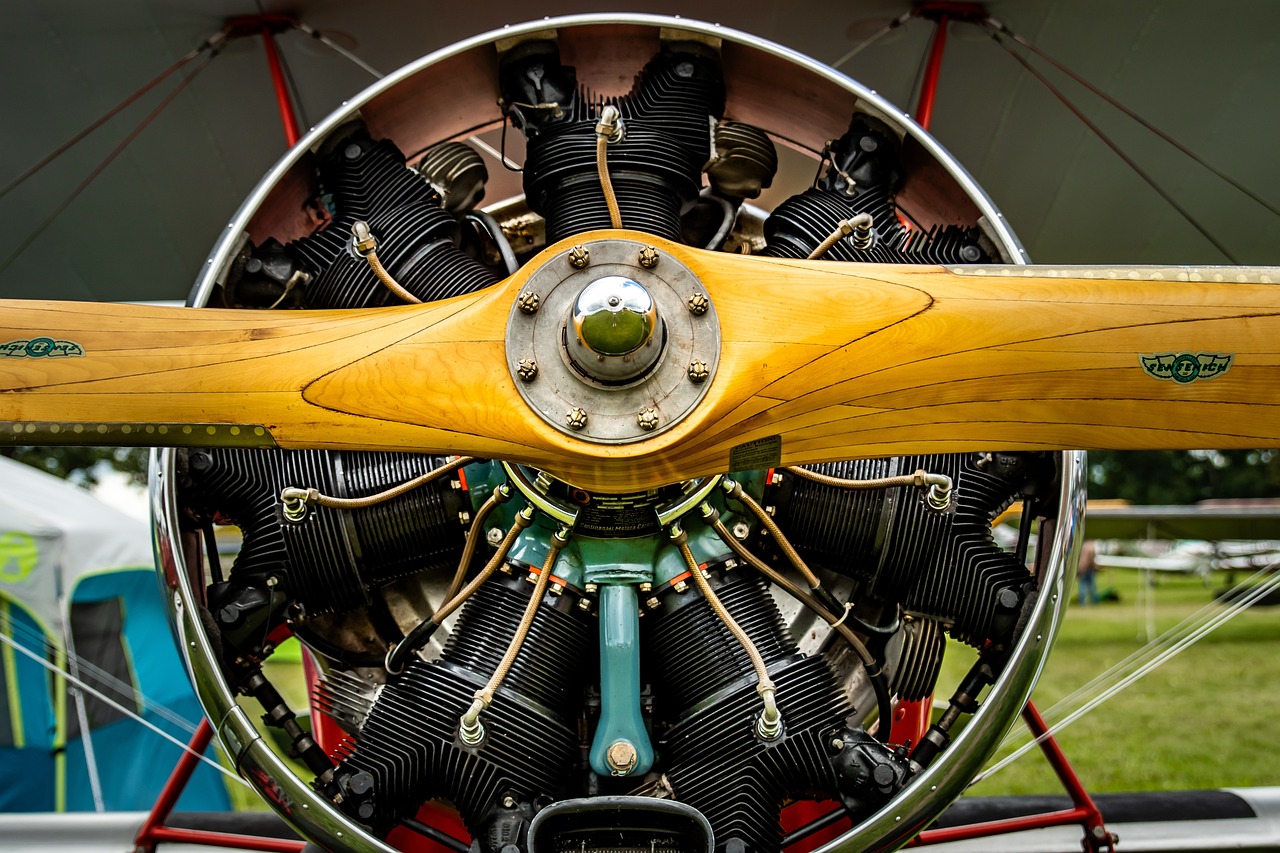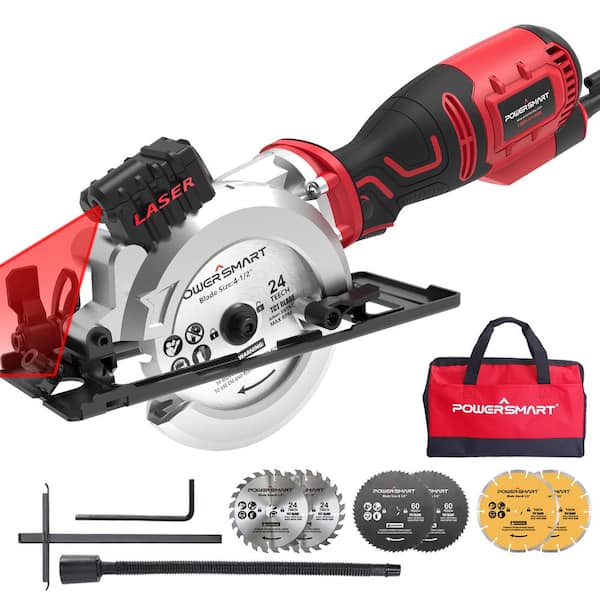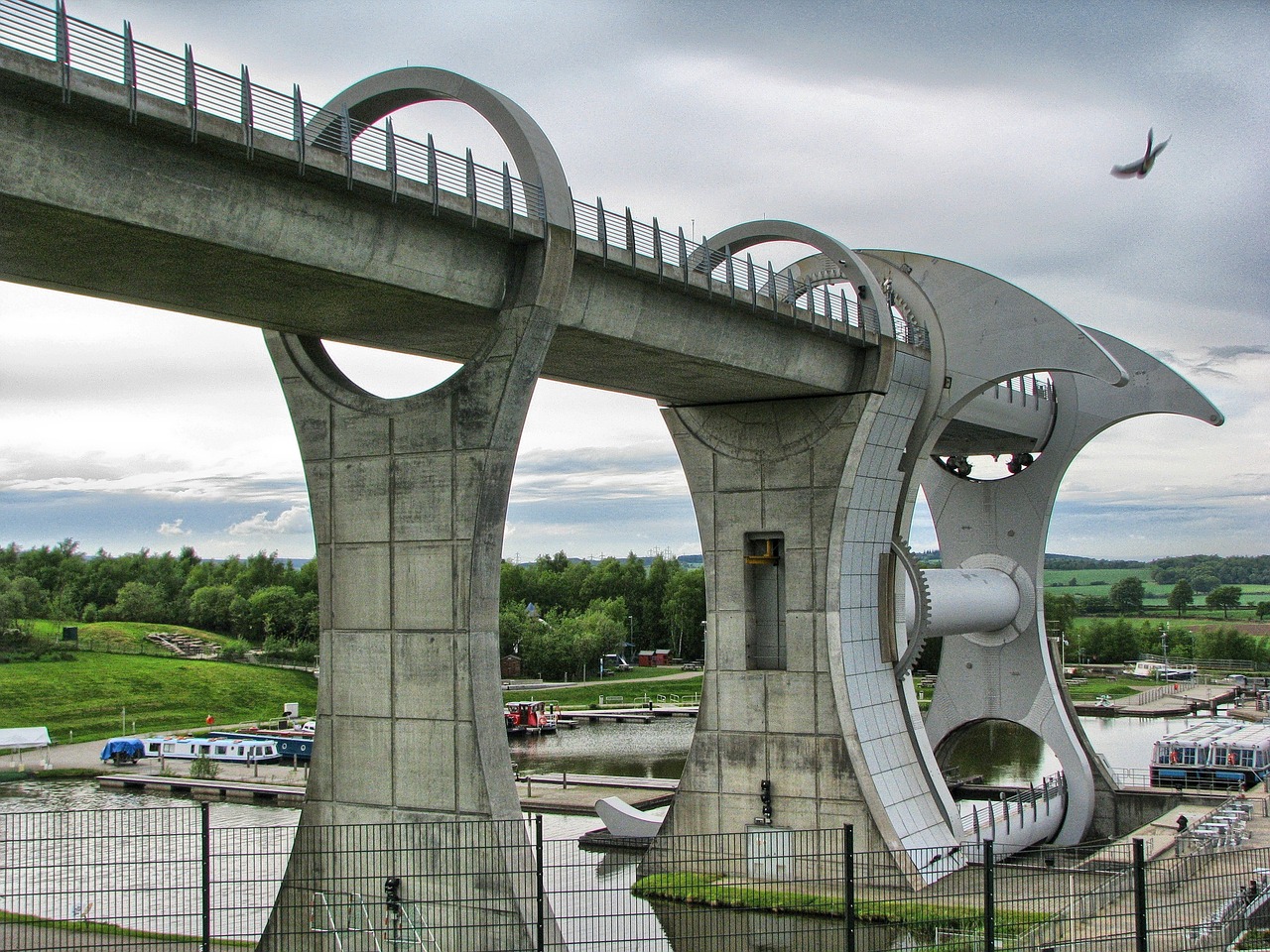Introduction
When it comes to engines, the majority of vehicles on the road today are powered by conventional piston engines. However, there exists a fascinating alternative – the rotary engine. Also known as a Wankel engine, this unique and lesser-known powerplant has found its niche in various applications, offering a distinct set of advantages and challenges.
When it comes to engines, the majority of vehicles on the road today are powered by conventional piston engines, known for their reliability and efficiency. However, amidst this well-established landscape, there exists a fascinating alternative – the rotary engine. Also known as a Wankel engine, this unique and lesser-known powerplant has found its niche in various applications, offering a distinct set of advantages and challenges that make it a subject of ongoing intrigue and exploration.
One of the most distinctive features of the rotary engine is its design. Instead of pistons moving up and down in cylinders, the rotary engine features a triangular rotor that rotates within an oval-shaped housing. This design results in a smooth and continuous rotational motion, eliminating the reciprocating parts found in conventional engines. The absence of reciprocating parts leads to reduced vibration, which can translate into a smoother ride and potentially longer engine life.
Moreover, the compact and lightweight nature of rotary engines makes them well-suited for certain applications, such as aviation and sports cars. Their high power-to-weight ratio and ability to operate at high RPMs have made them a favorite among performance enthusiasts.
However, it’s important to acknowledge the challenges associated with rotary engines. They have historically struggled with fuel efficiency and emissions compared to piston engines. The unique combustion process can lead to higher fuel consumption and emissions, which poses challenges in meeting modern environmental standards.
Maintenance and durability are other factors to consider. The rotor’s constant motion against the housing can lead to wear and seal issues over time, which necessitates meticulous maintenance and can potentially reduce the engine’s lifespan.
Despite these challenges, the rotary engine continues to captivate engineers, tinkerers, and automotive enthusiasts alike. Researchers and innovators are continually exploring ways to enhance the efficiency and environmental performance of rotary engines, making them a promising candidate for the future of sustainable transportation.
In conclusion, while conventional piston engines dominate the automotive landscape, the rotary engine remains a fascinating and unique alternative. Its design offers advantages such as reduced vibration and high power-to-weight ratios, but it also presents challenges related to fuel efficiency and maintenance. As technology advances and environmental concerns grow, the rotary engine may find new opportunities to shine in a world increasingly focused on efficiency and sustainability. Its journey continues to be a captivating story of engineering innovation and automotive diversity.
Don’t stop here; you can continue your exploration by following this link for more details: Brushless Vs Brushed DC Motors: When and Why to Choose One …
Invented by German engineer Felix Wankel in the early 1960s, the rotary engine deviates from the conventional piston-driven design. Instead of cylinders and pistons, it relies on a triangular rotor that moves in a circular motion within an oval-like housing. This fundamental difference in design leads to several distinctive characteristics.
Invented by German engineer Felix Wankel in the early 1960s, the rotary engine deviates from the conventional piston-driven design. Instead of cylinders and pistons, it relies on a triangular rotor that moves in a circular motion within an oval-like housing. This fundamental difference in design leads to several distinctive characteristics.
Firstly, the rotary engine is known for its remarkable smoothness and high-revving nature. Its rotary motion results in minimal vibration, providing a quieter and more balanced operation compared to traditional engines. This inherent balance is one of the reasons why the rotary engine found favor in applications such as sports cars and aviation.
Secondly, rotary engines are remarkably compact and lightweight. Their simplicity, with fewer moving parts, makes them more space-efficient and easier to maintain. This compactness, combined with their high power-to-weight ratio, has made rotary engines popular in racing and small aircraft.
However, rotary engines also have some drawbacks. They tend to have lower thermal efficiency and can be less fuel-efficient than piston engines, especially in low-speed and high-load scenarios. Additionally, they have struggled with emissions and fuel consumption standards, leading to their limited use in modern mainstream automobiles.
Despite these challenges, rotary engines continue to captivate automotive enthusiasts and engineers alike. Their unique characteristics and potential for refinement have kept them in the spotlight, with ongoing research and development efforts aimed at overcoming their limitations and potentially revitalizing their role in the future of transportation. As technology evolves, we may witness a resurgence of the rotary engine in innovative and sustainable applications, blending the best of Wankel’s pioneering design with modern engineering advancements.
Explore this link for a more extensive examination of the topic: Brushless Vs Brushed DC Motors: When and Why to Choose One …

One of the standout features of rotary engines is their smooth power delivery. The continuous rotation of the rotor results in fewer vibrations compared to reciprocating pistons. This inherent balance provides a unique driving experience, with a steady and linear surge of power, making rotary engines a favorite among sports car enthusiasts.
One of the standout features of rotary engines is their smooth power delivery, and this quality has garnered them a loyal following among sports car enthusiasts. This remarkable attribute is a result of the rotary engine’s unique design, which sets it apart from traditional reciprocating piston engines.
The magic of a rotary engine lies in its operation. While conventional piston engines rely on reciprocating motions, where pistons move up and down within cylinders, rotary engines operate in a fundamentally different way. Inside a rotary engine, a triangular rotor spins in a continuous circular motion within a specially shaped housing.
This inherent design difference brings about several significant advantages. Firstly, the rotary engine generates power without the jarring up-and-down movement of pistons, resulting in far fewer vibrations. In contrast, reciprocating piston engines often require counterweights and complex balancing mechanisms to minimize vibrations, which adds weight and complexity to the engine.
The consequence of this reduced vibration is a smoother and more enjoyable driving experience. When you step on the accelerator of a vehicle equipped with a rotary engine, you’re met with a seamless surge of power. There’s a distinct absence of the characteristic “piston engine shake,” and the power delivery feels more like a smooth, constant flow.
This unique characteristic has endeared rotary engines to sports car enthusiasts. In high-performance vehicles, where precise control and handling are paramount, a rotary engine’s smooth power delivery is particularly appreciated. It allows drivers to push their cars to the limit with confidence, knowing that the power response will be consistent and predictable.
Furthermore, the compact and lightweight nature of rotary engines makes them an attractive choice for sports cars. The absence of heavy pistons, connecting rods, and complex valvetrain components reduces the engine’s weight, contributing to improved power-to-weight ratios and handling characteristics.
However, it’s essential to note that while rotary engines have their devoted fan base, they also face certain challenges, such as fuel efficiency and emissions. Modern automotive engineering is continually evolving, and the debate between rotary engines and traditional piston engines continues to shape the automotive landscape.
In conclusion, the unique smooth power delivery of rotary engines distinguishes them as a special and cherished component of the automotive world. This quality, combined with their compact design, makes them well-suited for sports cars, where driving pleasure and precision are paramount. While rotary engines have faced challenges in meeting modern environmental standards, their legacy lives on as a testament to engineering innovation and the pursuit of a unique driving experience.
For a comprehensive look at this subject, we invite you to read more on this dedicated page: The Problem With Rotary Engines: Engineering Explained | News …

Rotary engines are notably compact and lightweight compared to traditional engines with similar power outputs. This makes them an ideal choice for applications where space and weight considerations are crucial, such as aviation and certain types of racing.
Rotary engines have earned a distinguished reputation for their exceptional compactness and featherweight nature, particularly when juxtaposed with conventional engines boasting comparable power outputs. This inherent advantage has positioned rotary engines as a superlative choice for scenarios where spatial constraints and weight considerations wield paramount importance.
In the realm of aviation, where every ounce matters, rotary engines have soared to prominence. Their diminutive size allows for streamlined aircraft designs, reducing drag and enhancing overall aerodynamic efficiency. Furthermore, the weight savings translate into increased payload capacity or extended range, vital factors in the aerospace industry. These engines have been instrumental in powering a range of aircraft, from compact drones to experimental aircraft pushing the boundaries of speed and agility.
In the world of motorsports, rotary engines have carved a niche for themselves as well. Certain racing disciplines, such as those found in sports car racing and rallying, demand a nimble powerplant that can deliver potent performance without adding excessive bulk. Rotary engines, with their compact form factor and high power-to-weight ratio, have become a staple in vehicles that need to negotiate tight corners and accelerate rapidly out of them. Their ability to rev quickly and smoothly, without the reciprocating mass of conventional engines, offers drivers a unique advantage on the track.
In essence, rotary engines are not just an alternative; they represent a strategic choice for industries where spatial efficiency and weight-saving measures are pivotal. Their small stature and impressive power output continue to make them an indispensable component in aviation and specialized racing, showcasing their enduring relevance in fields where every inch and pound can make a significant difference.
If you’d like to dive deeper into this subject, there’s more to discover on this page: Hybrid Battery

One of the most notable applications of rotary engines is in aviation. Aircraft like the Mazda RX-8 and the more famous World War I-era Sopwith Camel used rotary engines. The lightweight design and smooth power delivery made them well-suited for early aviation needs.
Rotary engines have left a lasting legacy in the realm of aviation, and their application has not only defined historical eras but also significantly contributed to the evolution of aircraft technology. Perhaps one of the most enduring images of rotary engines in flight is associated with the iconic World War I-era Sopwith Camel.
During the turbulent times of the Great War, the Sopwith Camel became synonymous with rotary engines. These engines possessed a unique design where the entire engine, including the crankshaft, rotated with the propeller. This ingenious concept resulted in several advantages, such as the elimination of the need for a traditional cooling system and the creation of a lightweight and compact powerplant.
The lightweight design of rotary engines made them exceptionally well-suited for early aviation needs. They not only provided the necessary power to lift aircraft into the skies but also offered a remarkable degree of maneuverability, which was crucial during aerial combat. The smooth power delivery of rotary engines ensured that pilots had precise control over their aircraft, a vital attribute in dogfights.
Beyond military applications, rotary engines found their way into civilian aircraft, too, such as the Mazda RX-8 mentioned earlier. These engines continued to demonstrate their versatility and capability in different contexts, showcasing their adaptability in various flying machines.
In hindsight, the use of rotary engines in aviation marked a pivotal point in the history of flight technology. Although modern aviation has moved towards different propulsion systems, the legacy of rotary engines remains a testament to human innovation during a critical era of aerospace development. Their impact on early aviation is a reminder of the remarkable engineering feats that shaped the course of history in the skies.
Looking for more insights? You’ll find them right here in our extended coverage: Applications

While rotary engines offer several advantages, they also come with their fair share of challenges. One significant issue is fuel efficiency. Rotary engines tend to consume more fuel compared to their piston-driven counterparts, which is a considerable drawback in an era where environmental sustainability is paramount.
Another concern is emissions. Rotary engines typically produce higher levels of certain pollutants, including hydrocarbons and nitrogen oxides, which can contribute to air pollution. This has led to stricter emissions regulations that make it more challenging for rotary engines to meet modern environmental standards.
“While rotary engines indeed possess unique advantages, they grapple with a set of noteworthy challenges that have shaped their role in the automotive landscape. Fuel efficiency stands out as a prominent concern. Rotary engines have historically demonstrated a propensity for higher fuel consumption when compared to their piston-driven counterparts. This drawback becomes especially pertinent in an era where environmental sustainability ranks among the top automotive priorities.
The issue of emissions further complicates the position of rotary engines. These engines have a tendency to generate elevated levels of specific pollutants, including hydrocarbons and nitrogen oxides. Such emissions can contribute to air pollution, a matter of growing environmental concern. Consequently, stricter emissions regulations have been enacted worldwide, presenting a formidable hurdle for rotary engines to overcome in order to meet contemporary environmental standards.
Nonetheless, it’s important to note that ongoing research and development efforts are aimed at addressing these challenges. Innovations such as improved combustion techniques and advanced emissions control systems are gradually narrowing the gap between rotary and piston engines in terms of fuel efficiency and emissions. As a result, the future of rotary engines remains an intriguing area to watch, as engineers and enthusiasts continue to explore ways to harness their unique advantages while mitigating their environmental drawbacks.”
Explore this link for a more extensive examination of the topic: The Problem With Rotary Engines: Engineering Explained | News …

While rotary engines may not be as prevalent as piston engines today, they have left an indelible mark on the automotive and aviation industries. The unique characteristics of smooth power delivery and compact design continue to intrigue engineers and enthusiasts alike.
While rotary engines may not be as prevalent as piston engines today, they have left an indelible mark on the automotive and aviation industries. The unique characteristics of smooth power delivery and compact design continue to intrigue engineers and enthusiasts alike.
Rotary engines, often associated with the iconic Mazda RX-series sports cars, represent a fascinating chapter in automotive history. Their ability to produce power through a spinning rotor rather than traditional pistons provided a distinctive driving experience. This unconventional design not only delivered smoother power delivery but also resulted in smaller, lightweight powerplants – a prized feature in aviation.
Although the automotive industry largely moved away from rotary engines due to challenges with emissions and fuel efficiency, their legacy lives on. Rotary engines’ enduring appeal can be seen in niche markets, such as aviation and experimental vehicle projects, where their compactness and unique power characteristics find practical applications.
Furthermore, the spirit of innovation that rotary engines embody has influenced the development of modern powertrain technologies. Engineers draw inspiration from rotary engine principles to create more efficient and compact components in today’s vehicles.
In conclusion, rotary engines may no longer dominate the mainstream automotive landscape, but their impact endures. They serve as a reminder that unconventional thinking can lead to groundbreaking innovations and that the quest for a smoother, more efficient power delivery system is an ongoing journey in the world of engines and transportation.
To delve further into this matter, we encourage you to check out the additional resources provided here: 50 Years of Mazda Rotary Engines: Driving a ’67 Cosmo Sport, ’93 …

Conclusion
In conclusion, rotary engines are a testament to the diversity of engineering solutions in the world of internal combustion engines. Their applications in aviation and certain niche markets showcase their enduring appeal. As technology evolves and environmental concerns grow, the future of rotary engines may involve addressing their challenges while preserving their unique advantages, ensuring they continue to spin their way into various applications.
In conclusion, rotary engines are a testament to the diversity of engineering solutions in the world of internal combustion engines. Their applications in aviation and certain niche markets showcase their enduring appeal, thanks to their lightweight and compact design, smooth operation, and high power-to-weight ratio.
As technology evolves and environmental concerns grow, the future of rotary engines may involve addressing their challenges while preserving their unique advantages. This could mean exploring innovations like improved fuel efficiency and emissions control to make rotary engines more environmentally friendly. It may also entail refining their reliability and durability, which are areas where traditional piston engines have an edge.
However, despite these challenges, the allure of rotary engines is unlikely to fade entirely. Their ability to deliver high power in a compact form factor makes them suitable for specific applications, and with ongoing research and development, they may find renewed relevance in the pursuit of more sustainable transportation solutions. In this ever-changing landscape, rotary engines could continue to spin their way into various applications, adapting to meet the demands of the modern world while honoring their rich engineering heritage.
Looking for more insights? You’ll find them right here in our extended coverage: What Are Bearings? Let’s learn about the basic functions of bearings …
More links
You can also read more about this here: Rotary Engines Explained | Capital One Auto Navigator
